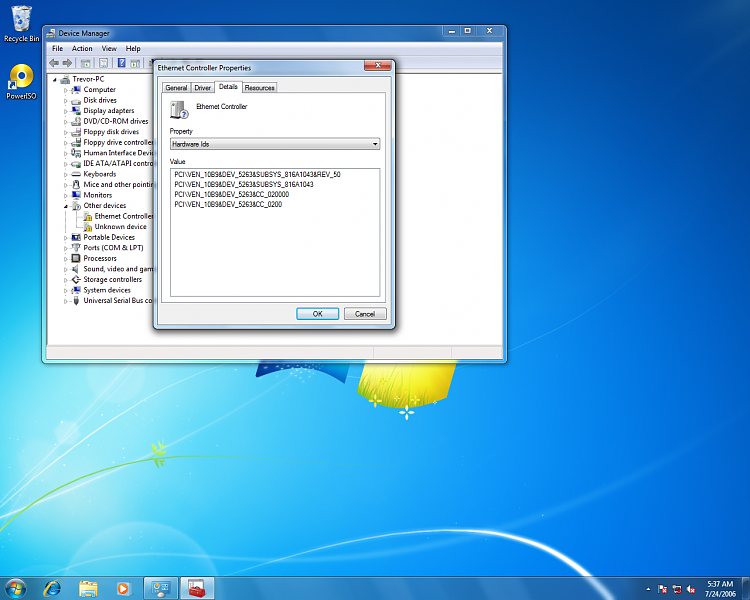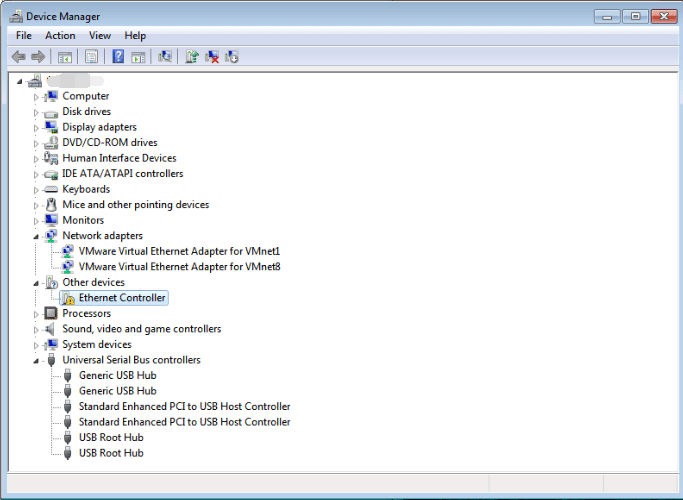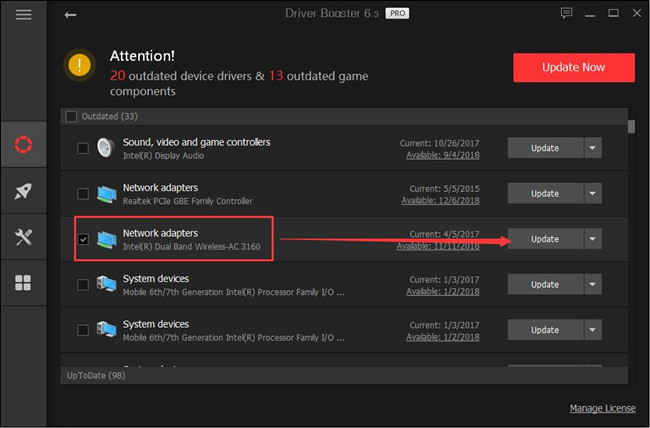The latest AMD Radeon Windows 10 driver is the AMD Adrenalin 20.45 Suite (Released 2020-12-08). These drivers are also called the AMD Catalyst Drivers and they include everything you need for your AMD/ATI video card to work in Windows 10. See the release notes and the readme.txt file for installation instructions, supported hardware, what's new, bug fixes, and known issues. This download installs base drivers, Intel® PROSet for Windows. Device Manager, and Intel® PROSet Adapter Configuration Utility for Intel® Network Adapters with Windows® 10.
 -->
-->Creates a network controller application on top of the network controller cluster.
Syntax
Description
The Install-NetworkController cmdlet creates a network controller application on the network controller cluster.After you run this cmdlet, the network controller is running.
The steps for configuring a network controller are as follows:



- Install the network controller role on all the computers that will be functioning as a network controller in your deployment.
- From one of those computers (or any other remote computer), run the New-NetworkControllerNodeObject cmdlet to enter the details of the node to be part of the deployment.Repeat this step for all the computers that are part of the deployment.These node objects will be passed as a parameter to the next cmdlet.
- Run the Install-NetworkControllerCluster cmdlet to create a new network controller cluster.
- Run the Install-NetworkController cmdlet to create the network controller application on top of the cluster.
Examples
Example 1: Create a network controller in a test environment
The first command creates a network controller node object, and then stores it in the $NodeObject variable.
Network Controller For Windows 10
The second command gets a certificate named NCEncryption, and then stores it in the $Certificate variable.The command uses standard Windows PowerShell® cmdlets.For more information, type Get-Help Get-Item, Get-Help Get-ChildItem, and Get-Help Where.
The third command creates a network controller cluster by using the Install-NetworkControllerCluster cmdlet.The cluster contains the node object stored in $NodeObject.
The final command deploys the network controller in a test environment.Since single node is used in the deployment, there is no high availability support.This network controller employs no authentication between the cluster nodes, or between the REST clients and network controller.The command specifies the $Certificate to encrypt the traffic between the REST clients and network controller.
Example 2: Create a network controller in a domain joined environment
The first three commands create network controller node objects, and then stores them in the $Node01, $Node02, and $Node03 variables.
The fourth command gets a certificate named NCEncryption, and then stores it in the $Certificate variable.The command uses standard cmdlets.
The fifth command creates a network controller cluster by using the Install-NetworkControllerCluster cmdlet.The cluster contains the node objects stored in the variables.
The final command deploys the network controller in a domain joined environment.Network controller uses Kerberos authentication between the cluster nodes, and between the REST clients and network controller.Only clients that are part of the RestClients security group can communicate with the network controller.The certificate in $Certificate is used to encrypt traffic between the REST clients and network controller.

Parameters
Specifies the digital public key X.509 certificate of a user account that has permission to perform this action.Specify the certificate thumbprint of the certificate.Specify this parameter only if you run this cmdlet on a computer that is not part of the network controller cluster.
| Type: | String |
| Position: | Named |
| Default value: | None |
| Accept pipeline input: | False |
| Accept wildcard characters: | False |
Specifies the type of authentication that network controller uses to communicate with representational state transfer (REST) clients.The acceptable values for this parameter are:
- Kerberos
- X509
- None
If the clients and network controller computers are domain joined, you should specify Kerberos authentication.Otherwise, specify X509 authentication.We do not recommend a value of None for production environments.
| Type: | ClientAuthentication |
| Accepted values: | None, Kerberos, X509 |
| Position: | Named |
| Default value: | None |
| Accept pipeline input: | False |
| Accept wildcard characters: | False |
Specifies an array of thumbprints of the certificates of REST clients that can communicate with the network controller.Specify this parameter only if the value of the ClientAuthentication parameter is X509.
| Type: | String[] |
| Position: | Named |
| Default value: | None |
| Accept pipeline input: | False |
| Accept wildcard characters: | False |
Specifies the security group that contains the name of the REST clients that can communicate with the network controller.Specify this parameter only if the value of the ClientAuthentication parameter is Kerberos.
| Type: | String |
| Position: | Named |
| Default value: | None |
| Accept pipeline input: | False |
| Accept wildcard characters: | False |
Specifies the name of the network controller node on which this cmdlet operates.
| Type: | String |
| Position: | Named |
| Default value: | None |
| Accept pipeline input: | False |
| Accept wildcard characters: | False |
Prompts you for confirmation before running the cmdlet.
| Type: | SwitchParameter |
| Aliases: | cf |
| Position: | Named |
| Default value: | False |
| Accept pipeline input: | False |
| Accept wildcard characters: | False |
Specifies a user credential that has permission to perform this action.The default is the current user.Specify this parameter only if you run this cmdlet on a computer that is not part of the network controller cluster.
| Type: | PSCredential |
| Position: | Named |
| Default value: | None |
| Accept pipeline input: | False |
| Accept wildcard characters: | False |
Forces the command to run without asking for user confirmation.
| Type: | SwitchParameter |
| Position: | Named |
| Default value: | None |
| Accept pipeline input: | False |
| Accept wildcard characters: | False |
Specifies an array of network controller nodes.You can create the node objects by using New-NetworkControllerNodeObject cmdlet.
| Type: | NetworkControllerNode[] |
| Position: | Named |
| Default value: | None |
| Accept pipeline input: | False |
| Accept wildcard characters: | False |
Specifies the IP address on which network controller nodes communicate with the REST clients.This IP address must not be an existing IP address on any of the network controller nodes.
| Type: | String |
| Position: | Named |
| Default value: | None |
| Accept pipeline input: | False |
| Accept wildcard characters: | False |
Specifies the DNS name of the Network Controller cluster.This must be specified if the Network Controller nodes are in different subnets.In this case, you must also enable dynamic registration of the RestName on the DNS servers.
| Type: | String |
| Position: | Named |
| Default value: | None |
| Accept pipeline input: | False |
| Accept wildcard characters: | False |
Specifies the certificate to use to encrypt communication between the network controller and REST clients, as well as communication between the network controller and southbound clients.This certificate must have Server Authentication EKU and should be trusted by the REST clients.Also, the certificate subject name or subject alternative name (SAN) must resolve to the REST IP address in DNS
| Type: | X509Certificate2 |
| Position: | Named |
| Default value: | None |
| Accept pipeline input: | False |
| Accept wildcard characters: | False |
Network Controller Driver Windows 10 Pro Full
Indicates that the remote computer uses the Secure Sockets Layer (SSL) protocol to establish a connection to the Network Controller node.The default value of this parameter is false.Specify this parameter only if you run this cmdlet on a computer that is not part of the network controller cluster.
| Type: | SwitchParameter |
| Position: | Named |
| Default value: | None |
| Accept pipeline input: | False |
| Accept wildcard characters: | False |
Shows what would happen if the cmdlet runs.The cmdlet is not run.
| Type: | SwitchParameter |
| Aliases: | wi |
| Position: | Named |
| Default value: | False |
| Accept pipeline input: | False |
| Accept wildcard characters: | False |
Outputs
This cmdlet returns an object that contains the following fields:
- Names of the network controller nodes
- Authentication mode used between cluster nodes
- Client security group
- Client certificate thumbprints
- Server certificate that is used for encryption of data between the network controller and REST and southbound clients.
- REST IP address
- Application version
Related Links
